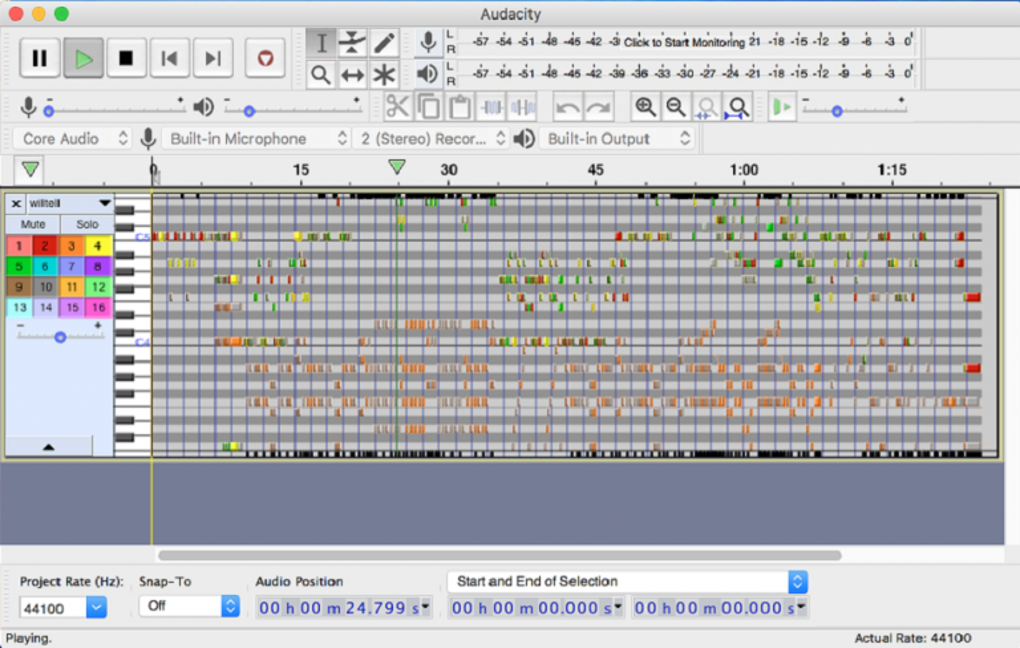


They start up quickly and battery life is good.They are better suited to elementary and middle school students.You can’t install “regular” software – you’ll need to use online apps.They have very limited hard drive space.A Chromebook is a lightweight notebook that only runs the Chrome web browser.The good news is that nowadays there are many online music applications available and improved internet speed at schools makes the Chromebook a viable device option for students, especially at the elementary and middle school levels. This comes as a surprise to some teachers who then realise that they can’t install the software they might have used in the past, such as Sibelius, Finale, Audacity, GarageBand, or Mixcraft. The major point of difference between a Chromebook and a “regular” laptop is that it runs on the Chrome OS (operating system) – not the Windows or Mac OS – which means that the applications you use on a Chromebook must be online or cloud-based. They are inexpensive to purchase, they are fast and are designed to be used primarily while connected to the internet. How can they be used in your music classroom? What exactly can you do on a Chromebook anyway?Ĭhromebooks are laptops that are a little…well…different. So, you’ve discovered that your school has decided to roll out Chromebooks to students.


 0 kommentar(er)
0 kommentar(er)
